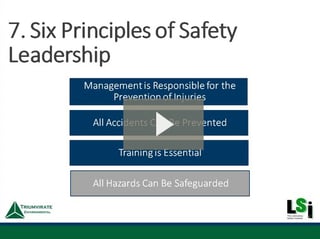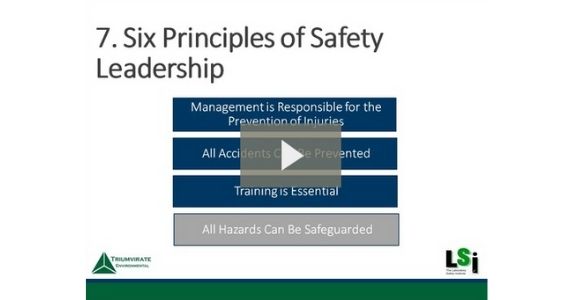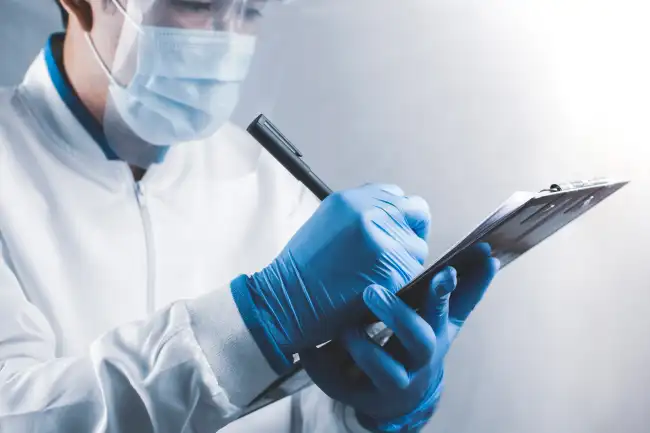7 Necessary Components of a Highly Effective Lab Safety Program
Posted by
TEI Experts January 21, 2016
 Last week, Triumvirate Environmental hosted a webinar with Dr. James Kaufman of The Laboratory Safety Institute (LSI). Throughout his presentation, Dr. Kaufman highlighted the ten most critical components of a lab safety program and how to be more effective when planning and implementing. Check out some of those components below and be sure to download the full presentation for more insight and examples:
Last week, Triumvirate Environmental hosted a webinar with Dr. James Kaufman of The Laboratory Safety Institute (LSI). Throughout his presentation, Dr. Kaufman highlighted the ten most critical components of a lab safety program and how to be more effective when planning and implementing. Check out some of those components below and be sure to download the full presentation for more insight and examples:
- Safety Messaging Throughout the Hiring Process - Arguably the most important component, reviewing safety rules with an immediate supervisor is critical to new hires understanding the importance of safety. Employers don’t have to wait until an employee starts working to stress the role of safety in their organization. They should ask questions about safety in an interview to see the candidate’s reaction and include language in job postings that list safety consciousness as a requirement.
- Safety Manual – A safety manual is a comprehensive guide to a lab safety program. This manual should be readily accessible and reviewed at least annually. Consequences are critical to ensuring compliance and should be included in the guide. This section should include how many offenses will result in termination.
- Safety Committee – A safety committee needs to meet regularly. LSI recommends changing committee members once every year so that over a period of several years, everyone in the lab will have served on the committee at least once. The Central Safety Committee Model ensures that senior managers are directly involved in creating more effective safety programs for and with their staff.
- Rules Agreement – A rules agreement is a contract that outlines the safety rules which must be followed by all employees. There are four parts to accepting a rules agreement: read, understood, agree, realize. All members of an organization should be required to sign a copy of the rules agreement. Ask the highest ranking person in your facility to provide a cover letter that accompanies the rules agreement and emphasizes the consequences for not following the rules.
- Education & Training – Employees need opportunities to learn (live, distance learning, etc.). Talk about safety in staff meetings and during brown bag lunches. Create a lab safety bulletin board with safety information that will cause people to stop and read (stories about accidents, SDS of the month, safety vocab, etc.).
- Laboratory Inspections –LSI recommends monthly inspections. All lab personnel should be involved in doing inspections on a rotating basis. Through training and education, everyone who works in the lab should be able to recognize hazards regardless of whether they are an EH&S professional. Participating in lab inspections helps put training into practice and minimizes the risk of an emergency.
- Emergencies – Emergencies are always a possibility in a lab environment, especially when explosive chemicals are present. It is essential for lab personnel to be prepared for an emergency so they can better control and deescalate the situation. Here is a sample list of potential emergencies lab staff should be prepared for: cuts, burns, spills, fires, electric shock, slips, explosions, poisoning, utility failure, allergic reaction, and more.
An effective safety program is one that’s well-integrated, transparent, and all-inclusive. Everybody can and should contribute. No lesson is so important and no task so urgent that we cannot take the time to teach, learn and practice science safely.






